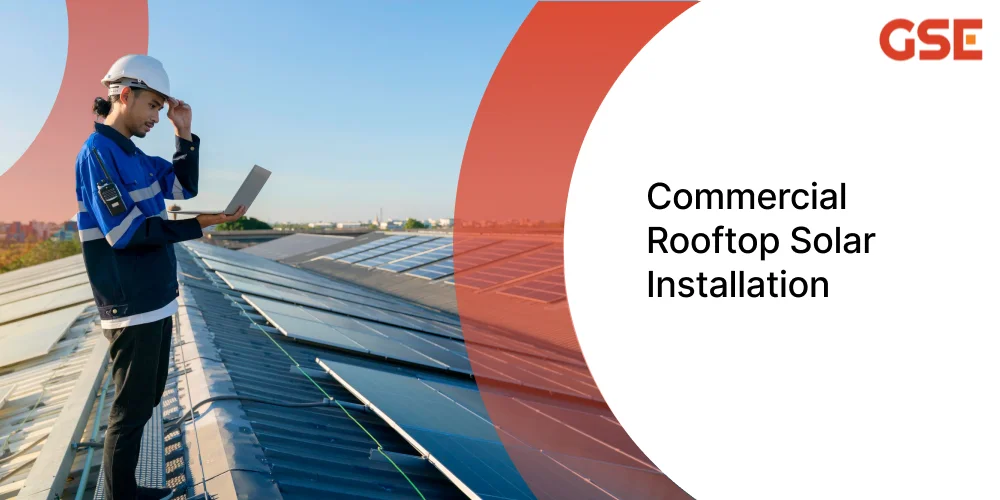500 kW Solar Power Plant Cost in Gujarat: Complete Price & Savings Guide
Nov 26

Businesses across industries are increasingly investing in commercial solar rooftops due to their significant financial and environmental benefits. By harnessing solar energy, companies can reduce electricity costs.
A commercial rooftop solar installation involves setting up solar PV systems on the roofs of business facilities. We offer solar rooftop solutions to all types of businesses including small businesses, large corporations, educational institutions, non-profits, and government organizations.
Switching to solar not only lowers energy bills but also helps reduce reliance on fossil fuels like coal and natural gas. Solar energy offers a cleaner alternative, producing green energy without the harmful byproducts of traditional power generation. With a commercial rooftop solar installation, your business can enjoy sustainable energy and contribute to a healthier environment for years to come.
GSE Renewable Energy is a trusted leader in commercial rooftop solar installations, offering innovative and cost-effective solutions for businesses across industries. Our expertise ensures that every project delivers maximum energy savings while promoting sustainability.
We design customized commercial solar rooftop systems to fit your specific requirements.
GSE Renewable Energy uses the latest technology in commercial solar roofing, including high-efficiency photovoltaic panels, durable mounting systems, and reliable inverters. Our state-of-the-art installations ensure long-lasting performance and minimal maintenance.
Even if you have limited rooftop space, we provide versatile options such as net-metering and captive power plants. These systems enable businesses to generate electricity tailored to their needs, reducing dependency on utility power. With years of experience in the industry, GSE Renewable Energy pride themselves on delivering quality, reliability, and excellent customer service.
Before initiating a commercial solar rooftopsystem project, a thorough evaluation is essential to determine feasibility:
Clear communication of goals, constraints, and expectations is crucial. Additionally, take advantage of available government incentives, tax credits, or utility rebates to reduce upfront costs significantly.
In this phase, the system is designed to meet the unique needs of your facility. Key considerations include:
A well-designed system ensures energy efficiency and accommodates future expansion while considering the natural degradation of solar panel performance over time.
To comply with legal and safety standards, businesses must obtain permits from relevant authorities:
Most commercial solar rooftop systems are connected to the local electricity grid to maximize benefits:
Once permits are secured, the commercial solar roofing system can be installed:
A commercial rooftop solar system works by harnessing solar energy to generate electricity for the building. Here’s how the system operates step by step:
Investing in commercial solar roofing offers a range of benefits that can drive down operational costs, enhance environmental sustainability etc. Here’s why commercial rooftop solar systems are needed for your business:
Read more: Commercial Solar Rooftop Benefits
